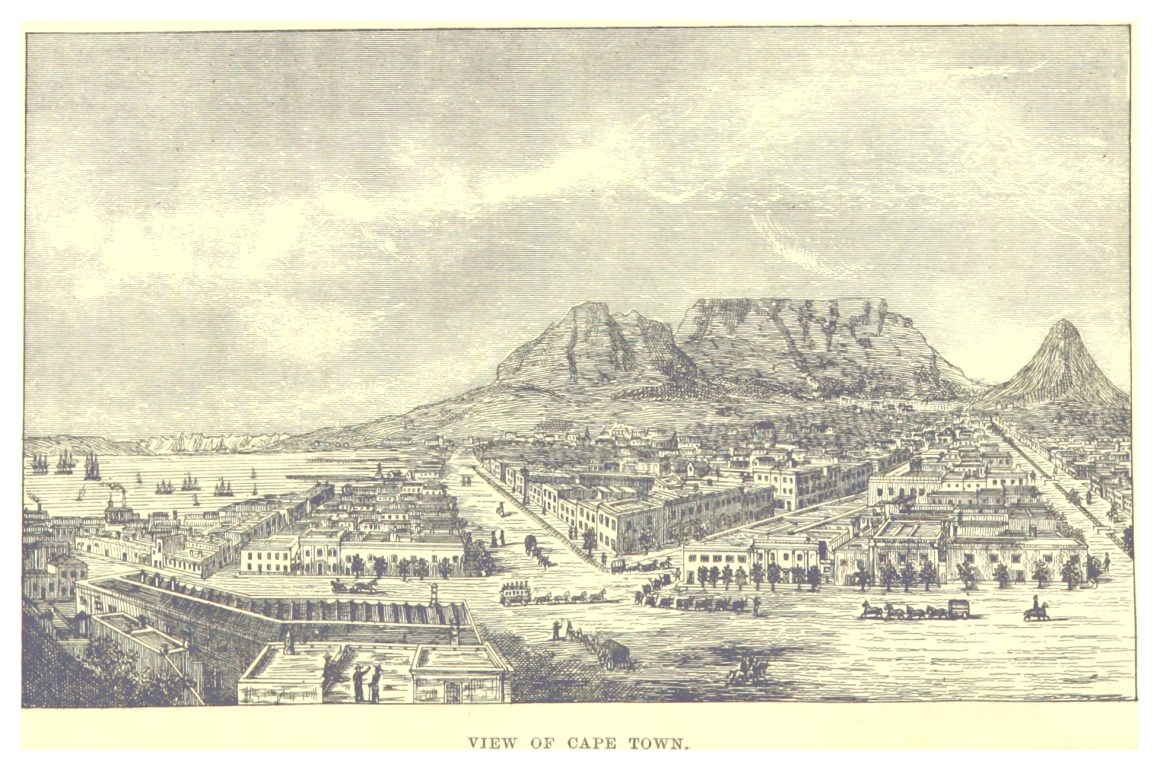
Cape Town or Kaapstad: I have a love-hate relationship with the town. Maybe that’s too strong, but I am not falling for the tourism bureau hype. For instance, I do not think it is a beautiful city. Its surrounding landscape is impressive, but the historical centre has been separated from the sea by an ugly port area. The inner-city architecture adheres with zeal to the “grimy look” with little historical context remaining. Look at 17th century paintings of Kaapstad and you see a handsome city. Nowadays you need to look past the city.

What do you see when you look past the city? The Cape contains a separate floral kingdom, thousands of species of plants that grow nowhere else in the world. Table Mountain and the Cape of Good Hope are blanketed by it – it’s very pretty indeed. This so-called fynbos vegetation is of course the reason for the enormous avian biodiversity on the Cape? Wrong! The Cape is in essence an island separated from the moister parts of the country up north. The Karoo – a semidesert – effectively marooned the Cape. The plants took advantage of the isolation and maniacally speciated, unfortunately the birds did not. The Cape “suffers” from what I like to call the biodiversity paradox: islands have high endemicity but low species count. Although a lot of birds are called Cape Something, this is a colonial natural history relic when everything in the southern part of Africa was referred to as “cape”, not indicative of species diversity on the actual Cape.
The fynbos hosts a few interesting endemic species: The Orange-breasted Sunbird is probably the prettiest for those who like splendour and colour,

but my favourite is the Cape Sugarbird. Pretty, but not flashy with a whopper of a tail as a fashion accessory. Very chique with a “je ne sais quoi” attitude.
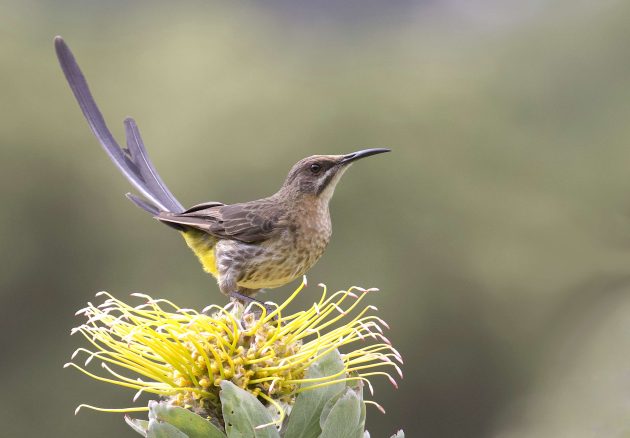
The endemic bird list for fynbos lists a mere six species, Cape Rockjumper, Cape Sugarbird, Orange-breasted Sunbird, Protea Canary, Cape Siskin and Victorin’s Warbler. You can see all of them in a matter of days. You will also see, and hear, a lot of Helmeted Guineafowl and Hadada Ibis. Should you go to the Cape for only 6 endemics? Of course not, but there is more, much more – this is where the love comes to the fore. Last year, Capetonians/Kaapstedelingen held a Big Year. The winner saw 316 species within the city’s limits…
That number of species is nice, but my beloved Rotterdam has 335 species within the city limits. There must be more to warrant a trip. Within an easy drive’s distance lies the West Coast National Park which is very good for waders during the southern spring and summer. I have seen my “local lifers” Grey Plover, Curlew Sandpiper, Little Tern, Pearl-breasted Swallow, Sanderling, White-fronted Plover and Terek Sandpiper, plus pretty much every other wader that flies all the way south. Watch the tides to make sure they are not kilometres away…
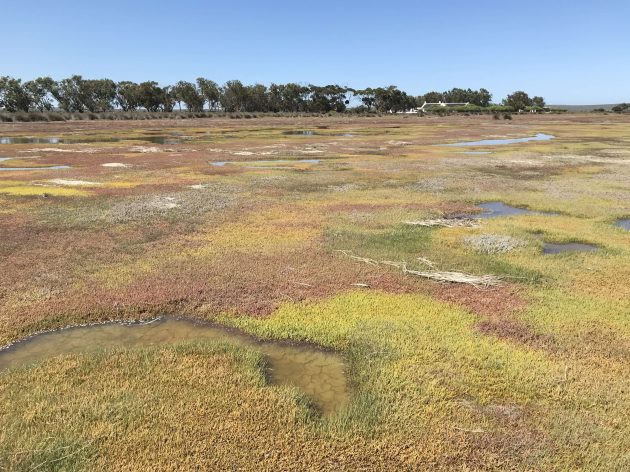
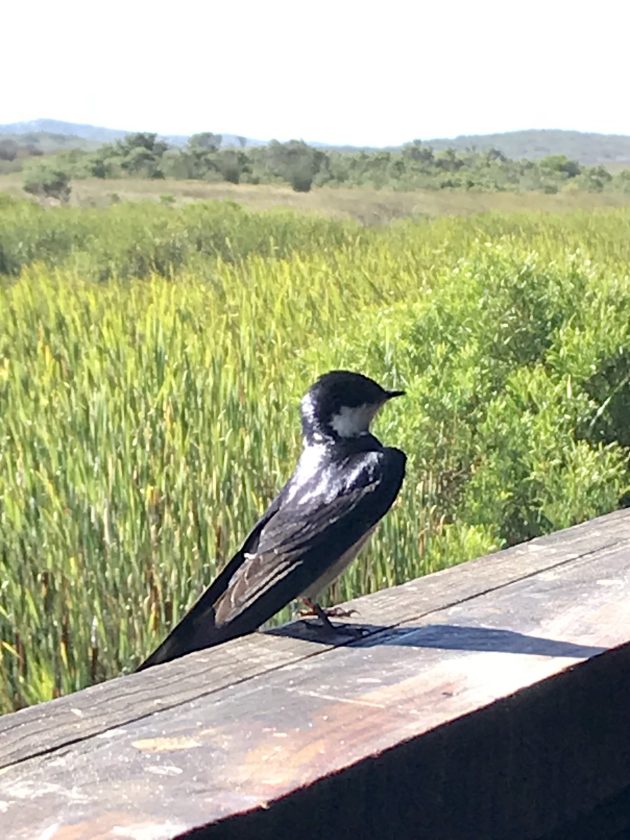
Closer by town and a lot smellier is the Strandfontein sewage works. The nutrients, as local birders refer to it, can be smelled from far away and experience has shown me that excrement not only can hit the ventilator but also stick to your clothing. Don’t wear that Dior evening gown. The sewage ponds are in varying stages of decline as working ponds which creates a wide variety of biotopes. The works is heavily birded and as such has become South Africa’s answer to the Patagonia Picnic Table effect. Look in the distance to spot my Pectoral Sandpiper, one of many American migrants that can show up here. None of them remain undocumented.

For the best possible reason to visit Cape Town just go to one of the beaches and jump in the water. Once recovered from the hypothermia you realise this cold water is rich in nutrients (different from the nutrients in Strandfontein, not only in smell) and fish. Cape Town pelagics are very, very good because of the happy confluence of two ocean currents. Tours are much cheaper than in Peru or California, but Cape of Good Hope used to be called Cape of Torments for a reason – expect cancellation and delays. With luck you will find a fishing vessel and with a bit of bad luck lose a hand to a Cape Fur Seal, because the sea will be teeming with seabirds, fur seals, dolphins and whales. Want to see thousands of albatrosses? Ndwendwela eKapa! Besoek Kaapstad!
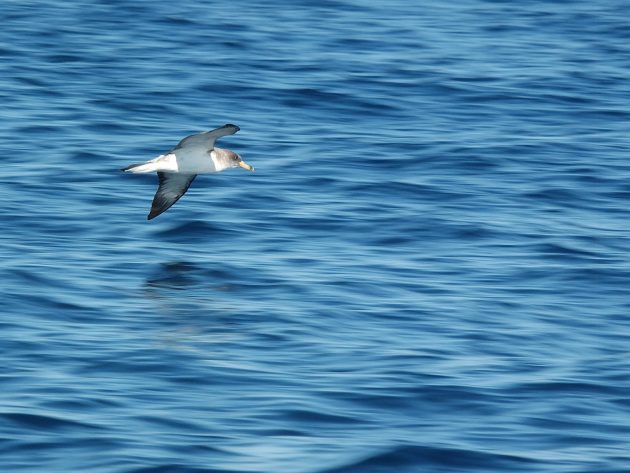
Some bird pictures for this post were taken from Wikimedia Commons. Featured picture by Wikimedia, sunbird by Ragnhild & Neil Crawford, and sugarbird by Gregory “Slobirdr” Smith.
Our reader James Wilson has requested links to the songs of birds in his comment on David’s post on Common Wood-pigeons. Here they are for the 6 endemics: Orange-breasted Sunbird, Cape Sugarbird, Cape Rockjumper, Protea Canary, Cape Siskin and Victorin’s Warbler.











On my first full day in Capetown, I saw my first wild ostrich, flamingo and penguin ever – on the same day. Plus the next day I found Cape Rockjumper at first try. So, no complaints from my side. More here: https://www.10000birds.com/birding-cape-town-2.htm
Fascinating, thanks!